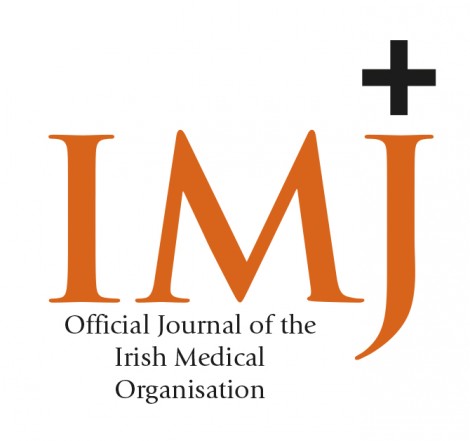Peripheral White Blood Cell Differential Counts In Children With UTI, Is There A Link?
Dear Sir
In adult population, a link between neutrophil lymphocyte ratio (NLR) and the outcome of community-acquired pneumonia has been found1. NLR has also been used as a diagnostic tool in those with septicaemia2. An association between NLR and DMSA defect in children with UTI has been reported3. In paediatric patients, prompt treatment of UTI is recommended. However, awaiting urine culture to confirm UTI can be a challenge. Therefore, we set out to examine whether peripheral blood biomarkers such as white cell differentials, NLR or monocyte lymphocyte ratio (MLR) can help clinicians to diagnose UTI while awaiting urine culture. The link between these blood biomarkers and renal scarring was examined.
This was a retrospective study of 248 patients admitted with symptomatic UTI between January 2015 and December 2016. Children with ureteropelvic junction obstruction or neural tube defects were excluded. Of 248 patients, 147 (59.3%) were female. Mean (SD) age was 31.27 (42.54) months. In this group of patients, 221 (89.1%) experienced E.coli uropathogens and five (2%) had renal scarring. In these 248 patients, neutrophil values were normal in 70 (28.2%) patients, above the reference range in 172 (69.4%) and lower than the reference range in 6 (2.4%). Lymphocyte values were normal in120 of 248 (48.4%) patients, however they were higher and lower than the reference range in 84 (33.9%) and 44 (17.7%) patients, respectively. Monocyte values were normal in 47 (19%) and elevated above the reference range in 201 (81%) patients. Neutrophil and monocyte values were above the reference range in the majority of patients. Notably, 159 of 248 (64.1%) patients have a combined elevation in both neutrophil and monocyte counts. Whilst some patients had normal single blood markers, when aggregated neutrophil and monocyte counts every child had at least one marker above the reference range. This combination was found in 5 of 5 (100%) patients with renal scarring compared to 154 of 243 (63.4%) patients with normal DMSA results.
Mean NLR 3.87 (SD 5.64) and mean MLR [0.61 (SD0.53)] were significantly higher than reference values (p value 0.001, 0.004), respectively. However, mean NLR did not differ between patients with renal scarring (3.92) and those with normal DMSA scan results (1.76), (p value 0.35). Similarly there was no difference in mean MLR between patients with renal scarring (0.613) and those with normal DMSA results (0.35), (p value 0.22).
In conclusion, in children with UTI, mean NLR and MLR values were elevated above the reference range. UTI can occur in children with normal peripheral white blood cell differentials, but abnormalities usually evident when neutrophil and monocyte counts examined in aggregate. Two out of three patients had a combined elevation in neutrophil and monocyte values above the reference range. Those who have this combination are more likely to have renal scarring; all patients with abnormal renal scarring had this combination, compared to 63.4% individuals with normal DMSA results. In children with suspected UTI, while awaiting urine culture, clinical assessment should be the priority when deciding if antibiotics are warranted.
Rutledge E, Whitla L, Coghlan D, Nadeem M
Department of Paediatrics, NCH, Tallaght, Dublin 24
Corresponding author:
Montasser Nadeem, Paediatric consultant, NCH, Tallaght, Dublin 24, Ireland
Email [email protected]
References
1. de Jager CP1, Wever PC, Gemen EF, Kusters R, van Gageldonk-Lafeber AB, van der Poll T, Laheij RJ. The neutrophil-lymphocyte count ratio in patients with community-acquired pneumonia. PLoS One. 2012;7(10):e46561
2. Naess A, Nilssen SS, Mo R, Eide GE, Sjursen H. Role of neutrophil to lymphocyte and monocyte to lymphocyte ratios in the diagnosis of bacterial infection in patients with fever. Infection. 2017;45(3):299-307
3. Han SY, Lee IR, Park SJ, Kim JH, Shin JI. Usefulness of neutrophil-lymphocyte ratio in young children with febrile urinary tract infection. Korean J Pediatr. 2016;59(3):139-44
(P780)
